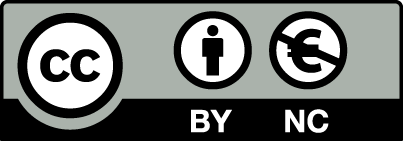Actual Trends in Preventing Organized Crime and Corruption
Keywords:
organized crime, corruption, suppression, methods of preventionAbstract
Organized crime and corruption are present in different forms in developed and underdeveloped countries with the tendency to expansion and more frequent internationalization. Organized crime and corruption are linked criminal phenomena along with money laundering although corruption can be also considered as one of the. most important activities of transnational organized crime.
Regardless of the fact that the measures against organized crime and corruption are discussed on international level, it is important to point out that a general definition of notions of organized crime and corruption does not exist yet. There are different theoretical ideas about these notions, and penal codes of some, countries give definition of organized crime while the United Nations Convention against Transnational Organized Crime cites what should, be considered as organized crime.
Organized crime and corruption exert negative effect in all fields of social life, and especially influence, on disregard of the law, erosion of the moral and mistrust in state agencies. Therefore, every country, but the international community too, takes appropriate preventive and repressive measures in fighting these criminal phenomena according to their etiology and phenomenology and available legal instruments provided by criminal, legal and other regulations managing problems of suppression organized crime and corruption.
Two general methods of criminal policy are. used in fighting organized crime and corruption: prevention and repression. Repression remains necessity, and prevention is needed if more efficient fight against organized crime, corruption and all other forms of organized crime is wanted.
In the special part of this paper, the attention is paid to the preventive methods in fighting organized crime and corruption and a brief review of experience of some foreign countries in preventing and suppressing organized crime will be given.
Downloads
Downloads
Published
Issue
Section
License
Copyright (c) 2004 Mićo Bošković

This work is licensed under a Creative Commons Attribution-NonCommercial 4.0 International License.









